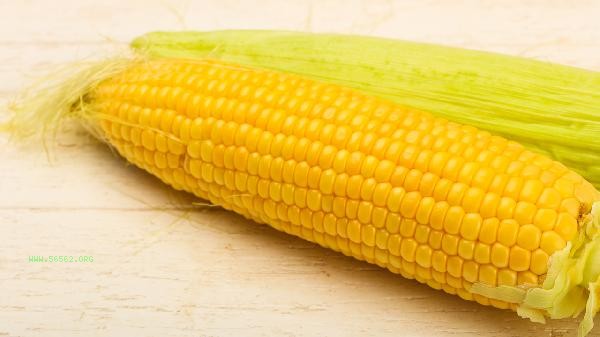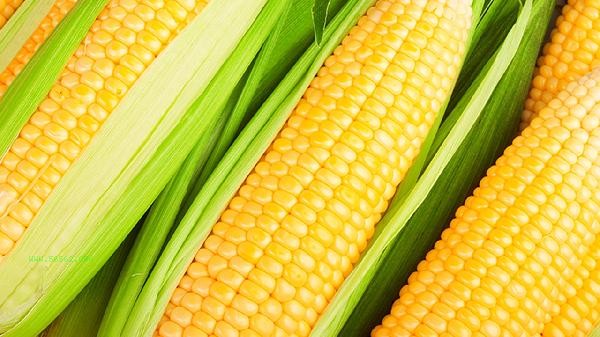Frozen corn is usually cooked and stored frozen after pre cooking treatment. The production process of frozen corn includes steps such as cleaning, pre cooking, cooling, and quick freezing, which can retain most of the nutrients. It can be directly heated when consumed.

During the processing of frozen corn, pre cooking treatment is carried out to make the corn edible, and then rapid freezing technology is used to lock in moisture and nutrients. This processing method can effectively delay the aging of corn, maintain sweetness and taste. The pre cooking time is usually short, which can kill surface microorganisms without excessively damaging the cell structure of corn. When thawed and heated for consumption, the corn kernels can still remain plump and have a taste similar to fresh corn. Some products may be labeled as ready to eat or require heating on the packaging, so it is important to distinguish between them when purchasing.

A small number of frozen corn may use the raw freezing process, directly freezing without pre cooking. This type of corn needs to be fully heated and cooked before consumption, otherwise there may be safety hazards. Frozen corn has a taste closer to fresh corn, but has a shorter storage time. Consumers can judge the processing technology through product labels or cooking instructions. For frozen corn that is not clearly labeled, it is recommended to treat it as a cooked product. The freezing process is mostly used for industrial raw materials or specific varieties of corn, and is relatively rare for retail products on the market.

As a convenient ingredient, quick-frozen corn can be used with vegetables and meat to make salads, Fried Rice and other dishes. When selecting, pay attention to the packaging being intact and free of ice crystals to avoid repeated thawing. People with gastrointestinal sensitivity are recommended to consume it after sufficient heating, with a single intake not exceeding 200 grams. Reasonably combining other grains and protein foods can improve the efficiency of dietary fiber and vitamin B intake.








Comments (0)
Leave a Comment
No comments yet
Be the first to share your thoughts!